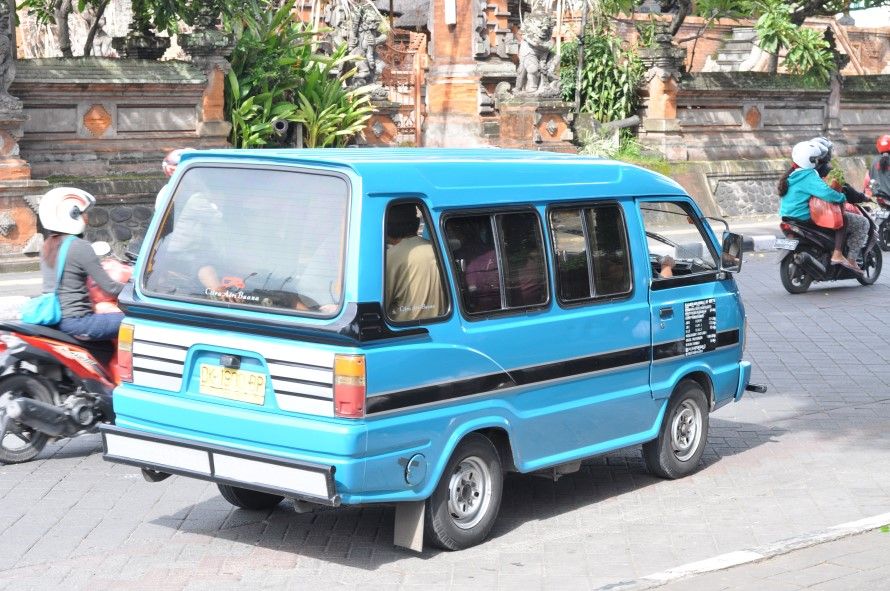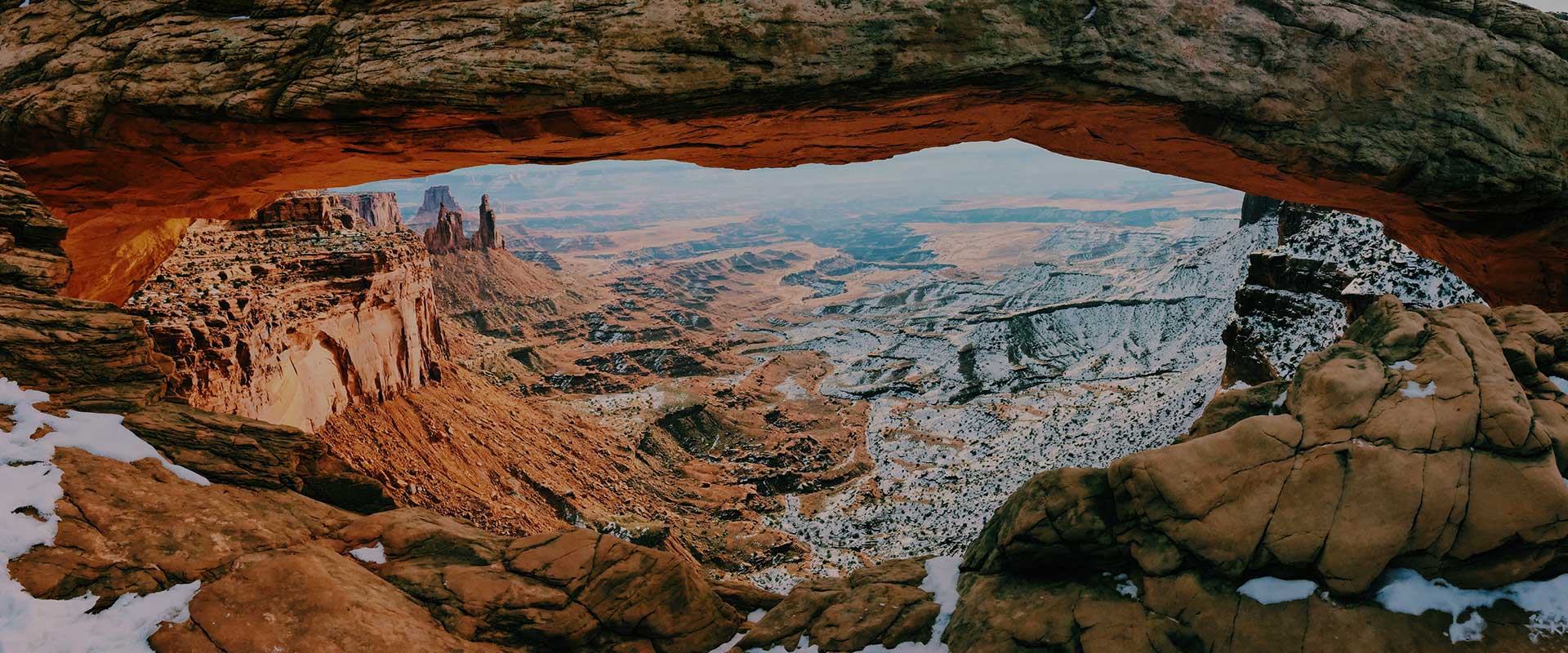Being a tourist in Bali is a fairly pleasant experience and refreshing when it comes to holidays, business or both.to move around Bali you can take the taxis that provide local and foreign services and you can also immerse yourself in the daily life of Bali and take the public transport popularly called Bemo. They are minivan type buses and without air conditioning, also known as angkot. The Bemos are regulated by the government of Bali and are used by villagers, farmers and market vendors in large majority.
Transport in Bemo by Bali
The Bemo are the quite comfortable to transit the narrow roads that connect the Balinese villages and the sufficiently accessible, economically speaking, to serve the locals on a regular basis. The Bemos are vans or minibuses with all seats removed, which have a double row of bench seats on both sides of the vehicle. The passengers are one in front of the other inside the bemo. In spite of the worldwide technological advances and the daily fight against traffic, today the Bemos still circulate on rural and urban streets as one of the most economical forms of public transport on the island. They are a reasonable option for different types of travelers, especially the more adventurous who are looking to get to know their culture in depth.

Taking the Bemos will be fun, especially if you are backpacking to rural areas away from the tourist centers and looking for a local experience. You can share your trip with the locals, such as the women who come from the market and the farmers who bring some of their products.
There are several brands and models of Bemos.
Some are Kei Trucks, the most common are painted in yellow or light orange. These are modified Suzuki kei trucks or «microvans» with their cabs cleared and remodeled to allow for bench style passenger seating.these were the original bemos that predominated in rural areas.a larger capacity bemo comes in the Isuzu Elf, modified units, with navy blue exteriors and sometimes with aerodynamic illustrations of their owners.
Currently there are state owned service units called Trans Sarbagita which started in 2011 and covers mainly the southern Bali routes like Denpasar, Badung , Gianyar and Tabanan.some yellow bemos still operate apart from this relatively new Trans Sarbagita service, but you have to be patient to find them in this area.
Another type of Bemos cover the route from Kuta beach is the Komotra Bus, similar to the Isuzu Elf but with open cabin walls and front seats with capacity for up to 20 people.These are located in the Central Parkir Kuta (Sentral Parkir Kuta) and take passengers to the adjacent beaches of Kuta, Legian and Seminyak.
☝ Tips when renting a Bemo
On average, the price of Bemos in Bali is IDR 5. The Komotra Buses are IDR 60.000 and are color coded according to their assigned route
There are several Bemos terminals, the closest one to the tourist area of Kuta beach is Ubung in Denpasar. It is important that you are attentive and observe well for to locate the route of your interest. Generally the route is printed on the front of their windshields or on their doors. Normally the driver will only take his established route when the seats are full if you take them from one of the terminals. If you board them in the middle of the route you can get them with available seats depending on the day and time.

Short trips are within their designated routes and usually prices are negotiable. I recommend to indicate the destination in advance and agree on a reasonable price, although being a tourist the price tends to be higher. It is not recommended that you try to rent the Bemos for your own use because it could cost more than an average taxi and another consideration to take into account is that all official or legal Bemos have yellow plates designated by the government for public transport, which will also serve as a reference for not getting into any vehicle you find.
Luggage, when large in volume has an additional cost and in some cases are located on top of the bemo. The main terminal of Bemo is located in the north of Denpasar and is known as Terminal Ubung.it serves the northwest and central Bali, like Tanah Lot, Bedugul and Tabanan. Another terminal is Batubulan south of Ubud which serves most of the Gianyar region and east of Bali, including Candidasa and Padangbai. The Tegal Terminal, just south of central Denpasar, serves southern areas such as Kuta, Sanur and Nusa Dua.


